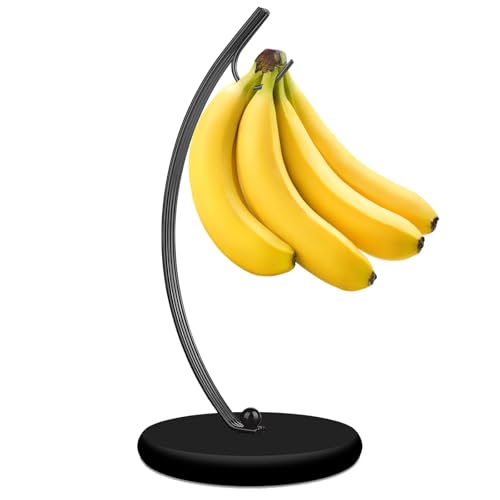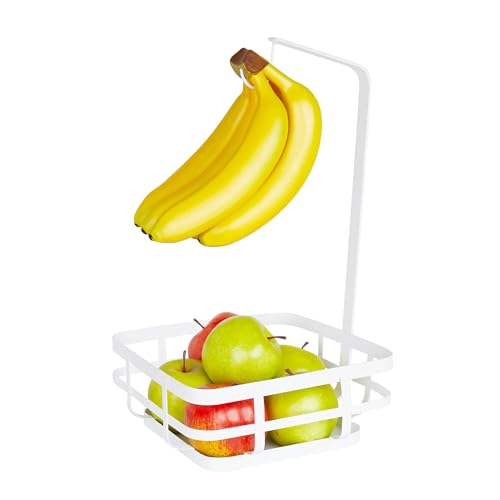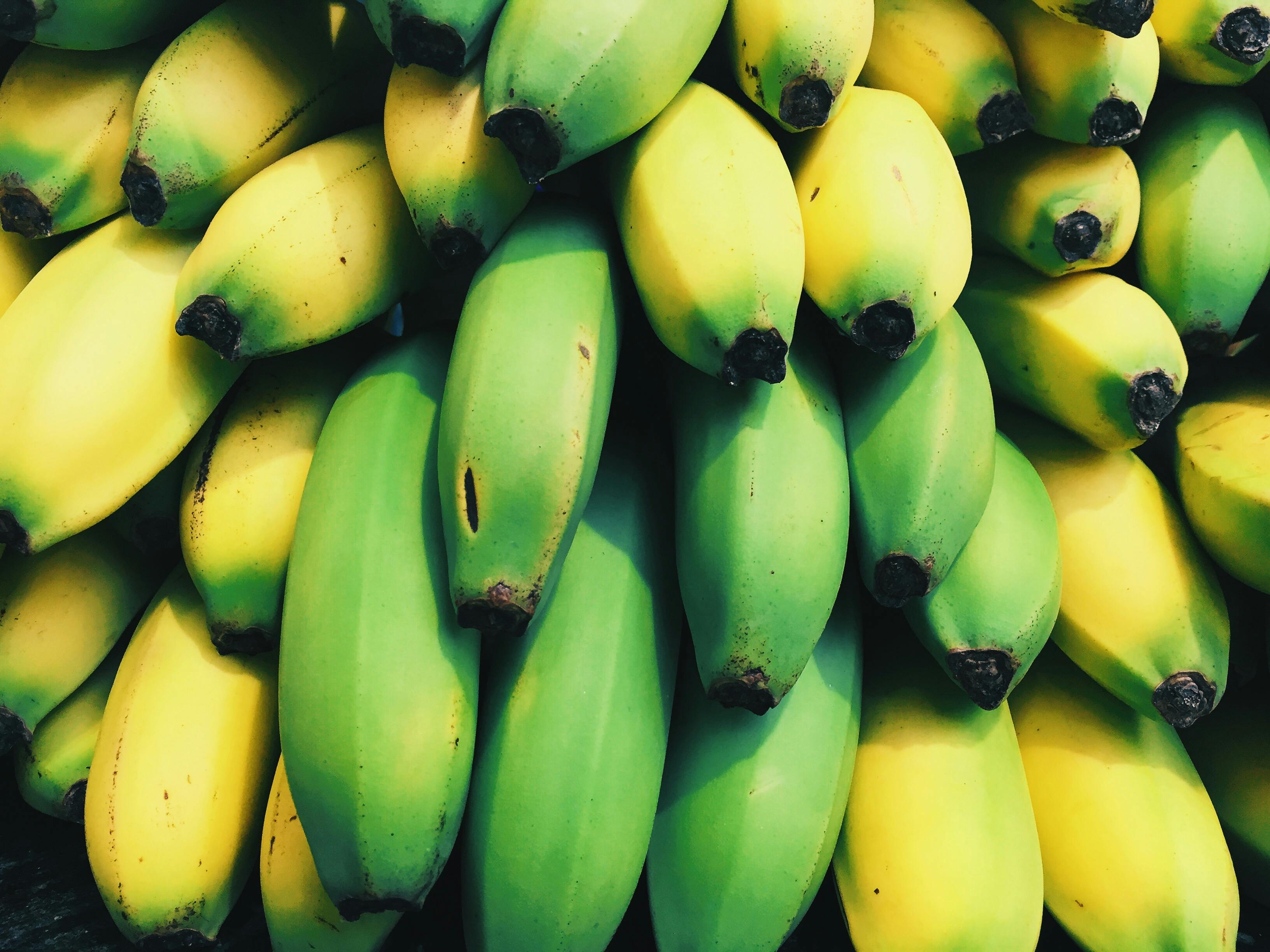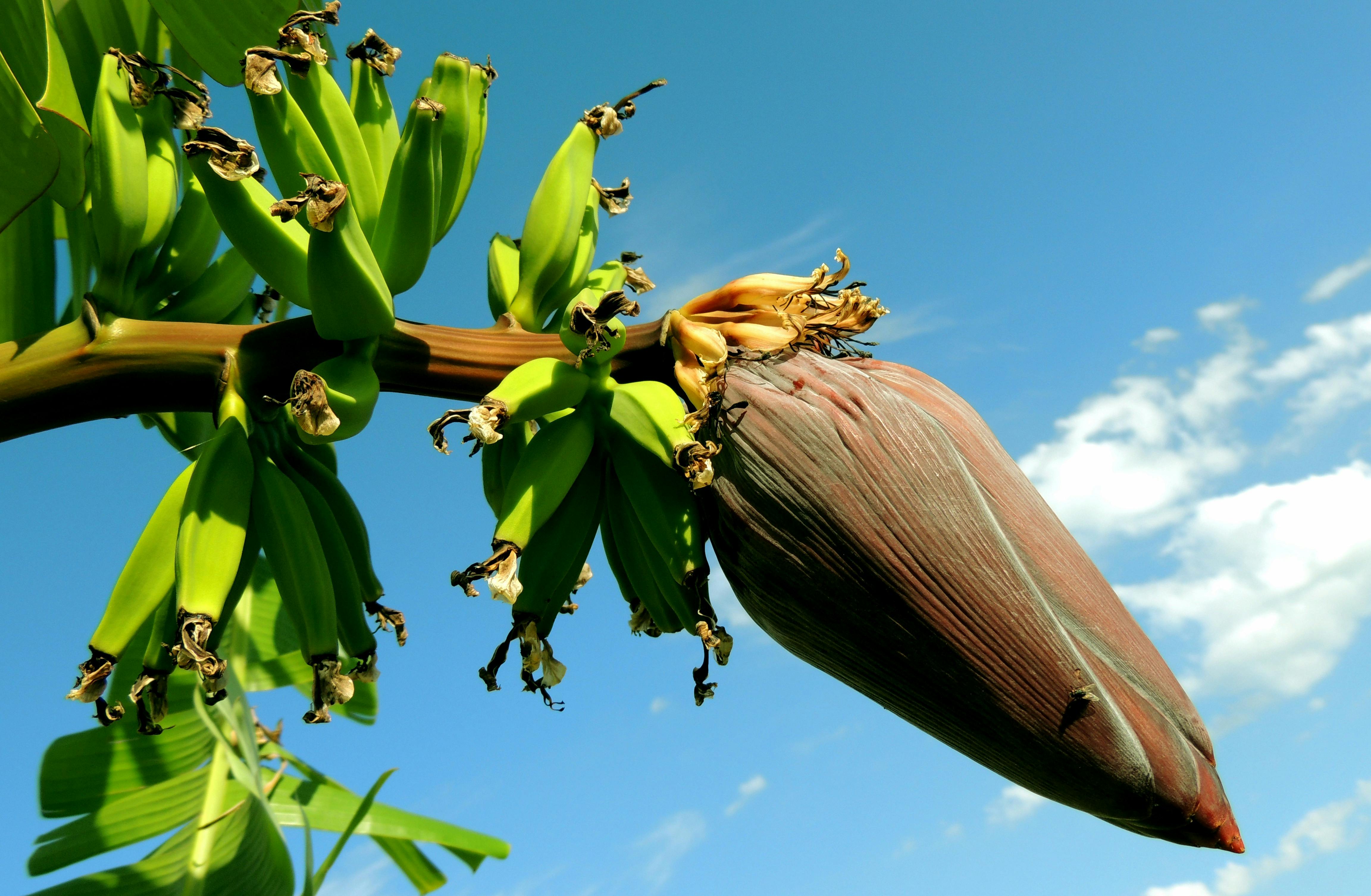Key Takeaways
- Diverse Sweetness Levels: Bananas range from mildly sweet to very sweet, making them suitable for a variety of culinary applications.
- Ripeness Affects Sweetness: As bananas ripen, starches convert to sugars, enhancing their sweetness and flavor profile.
- Variety Selection: Different banana varieties, such as Lady Finger, Cavendish, and Red Banana, offer unique sweetness and texture suited for specific uses.
- Optimal Uses by Sweetness: Mildly sweet bananas are perfect for savory dishes, moderately sweet ones for baking and snacking, and very sweet varieties excel in desserts.
- Storage Impacts Ripeness: Proper storage methods, including room temperature ripening and refrigeration, help maintain desired sweetness and extend freshness.
- Enhanced Culinary Experience: Understanding the sweetness spectrum allows for better banana selection, enhancing meal preparation and recipe outcomes.
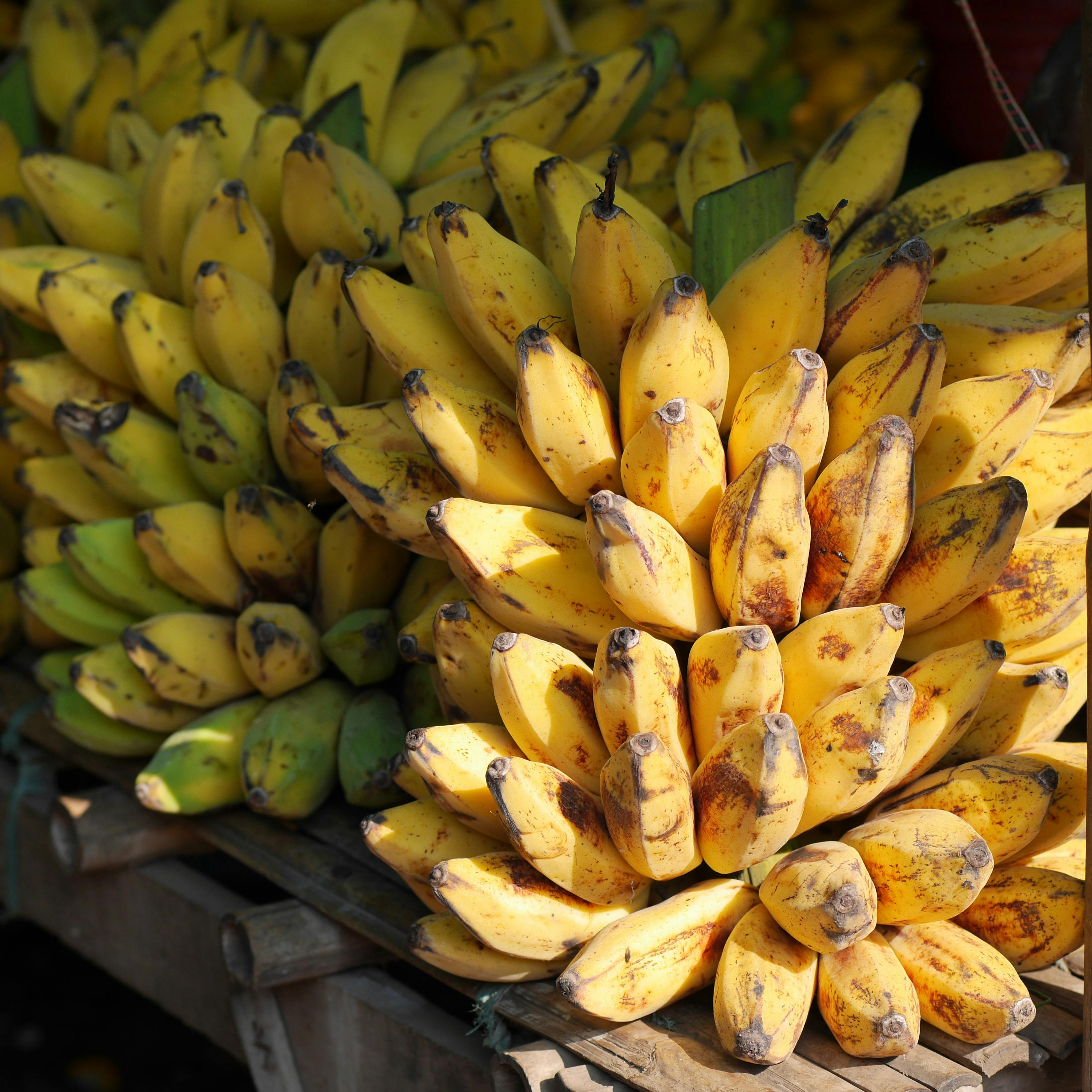
I’ve always loved bananas, but did you know there’s a whole spectrum of sweetness when it comes to this versatile fruit? From mildly sweet varieties that are perfect for savory dishes to ultra-sweet bananas that make an ideal snack on their own, there’s something for every palate.
Exploring the different levels of banana sweetness can enhance how you use them in your daily meals and recipes. Whether you’re a banana purist or enjoy experimenting with flavors, understanding this sweetness range can help you select the perfect banana for any occasion.
Let’s dive into the delicious diversity of bananas and discover which type best suits your taste buds.
Understanding Banana Sweetness

Bananas offer a range of sweetness levels that can enhance various recipes. Grasping these differences helps in selecting the perfect banana for your needs.
Factors Influencing Sweetness
Ripeness primarily determines a banana’s sweetness, as starch converts to sugar over time. Variety also plays a role; Cavendish bananas differ from plantains in sweetness. Growing conditions, including soil quality and climate, affect sugar development. Additionally, post-harvest handling, such as storage temperature, can influence the final sweetness of the fruit.
Measuring Sugar Levels
Sugar levels in bananas are measured using the Brix scale, which quantifies sugar content as degrees Brix. Laboratories may employ High-Performance Liquid Chromatography (HPLC) for precise sugar profiling. Home measurements often rely on taste testing, correlating perceived sweetness with actual sugar levels.
Mild Sweetness Bananas
Mild sweetness bananas offer a subtle flavor that’s perfect for those who prefer less sugary fruits.
Common Varieties
- Lady Finger: Smaller in size with a creamy texture and delicate taste.
- Goldfinger: Resistant to diseases, featuring a tangy-sweet flavor.
- Blue Java: Known as the ice cream banana, offering a smooth, vanilla-like taste.
Flavor Profiles
Mild sweetness bananas present a balanced flavor with low sugar content and higher starch levels. They often have hints of citrus and a firm, buttery texture, making them versatile for both fresh consumption and culinary applications.
Moderately Sweet Bananas
Moderately sweet bananas balance sweetness and starch, perfect for various recipes and fresh eating. They offer a satisfying flavor without being overly sugary.
Popular Types
- Cavendish: Most widely available, known for its reliable sweetness and smooth texture.
- Williams: Features a slightly richer flavor and firmer consistency compared to Cavendish.
- Gros Michel: Offers a deeper sweetness and creamy texture, favored in many traditional dishes.
Best Uses
- Smoothies: Blends seamlessly, adding natural sweetness and creaminess without overpowering other ingredients.
- Baking: Ideal for banana bread, muffins, and cakes, providing moisture and a balanced flavor.
- Snacking: Perfect for fresh consumption or pairing with nut butters and cheeses for a tasty treat.
- Cereal Toppings: Enhances oatmeal, granola, and yogurt with its balanced sweetness.
Very Sweet Bananas
Very sweet bananas offer an intense sugary flavor, perfect for those craving a rich taste experience. These varieties excel in enhancing desserts and sweet recipes.
Top Sweet Varieties
- Red Banana: Features a creamy texture with raspberry-like sweetness.
- Apple Banana: Known for its distinct apple flavor and high sugar content.
- Manzano Banana: Combines banana and apple flavors, offering a dense, sweet profile.
- Goldfinger Banana: Delivers a tangy sweetness, ideal for fresh eating.
- Lady Finger Banana: Although generally mild, certain strains exhibit elevated sweetness levels.
Ideal Culinary Applications
- Baking: Add to cakes, muffins, and bread for natural sweetness and moisture.
- Desserts: Use in ice creams, puddings, and fruit salads to elevate sweetness.
- Smoothies: Blend into smoothies for a rich, sweet base without extra sugar.
- Snacking: Enjoy fresh as a quick, naturally sweet snack.
- Dessert Sauces: Puree and reduce to create sweet banana sauces for drizzling.
Selecting the Perfect Banana
I start by assessing banana ripeness. Firmness reveals starch levels: firmer bananas offer mild sweetness, whereas softer ones deliver higher sugar content. Color also matters; green bananas signify less ripeness and sweetness, yellow bananas balance both, and brown spots indicate peak sweetness.
Next, I consider the banana variety to match my preference. Different types provide unique sweetness profiles:
- Lady Finger: Subtle citrus notes, firm texture.
- Cavendish: Reliable sweetness, smooth consistency.
- Red Banana: Rich, sugary flavor, creamy texture.
I evaluate bananas based on their intended use. For recipes needing intense sweetness, very sweet varieties like Red or Apple bananas excel. For snacking or baking with balanced flavor, Cavendish works well. Mild sweetness bananas such as Lady Finger suit dishes preferring less sugary taste.
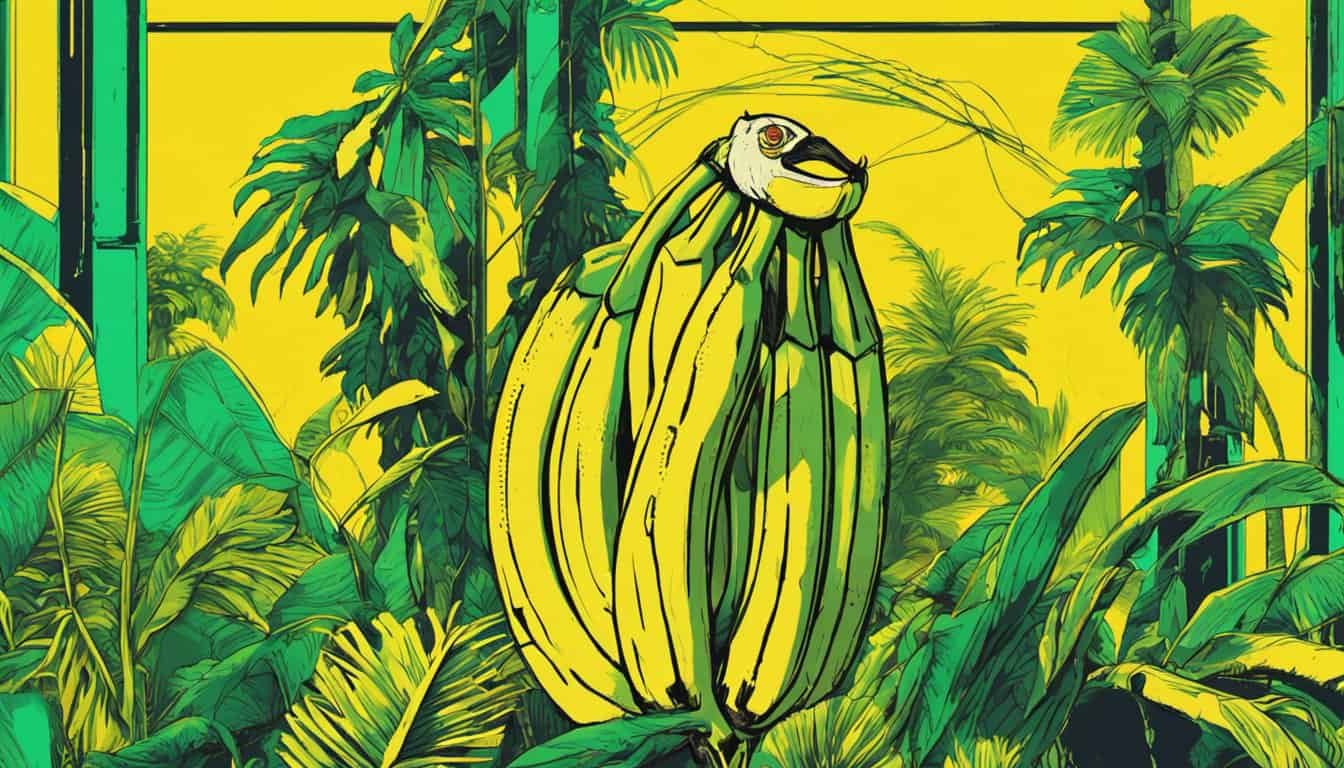
Below is a table to guide selection based on sweetness levels and ideal uses:
| Variety | Sweetness Level | Ideal Use |
|---|---|---|
| Lady Finger | Mild | Fresh consumption, cooking |
| Cavendish | Moderate | Smoothies, baking, snacking |
| Red Banana | Very Sweet | Desserts, sweet sauces |
Finally, I store bananas to maintain desired ripeness. Keeping them at room temperature allows ripening, while refrigerating slows it down to preserve specific sweetness levels.
Storing and Ripening Tips
Maintaining banana freshness and achieving the perfect ripeness enhances their sweetness and flavor. Here are my top tips for storing and ripening bananas effectively:
Room Temperature Storage
Keep bananas at room temperature to allow natural ripening. Place them away from direct sunlight to prevent uneven ripening. Separating the bananas from the bunch can slow down the ripening process slightly.
Rapid Ripening Techniques
If you need ripe bananas quickly, use a paper bag. Enclose the bananas in the bag to trap ethylene gas, accelerating ripening. Adding an apple or tomato to the bag increases ethylene production, speeding up the process within 1-2 days.
Slowing Down Ripening
Refrigeration slows down banana ripening. Store ripe bananas in the fridge to extend their freshness for up to 5 days. The peel may darken, but the fruit inside remains firm and sweet.

Freezing for Long-Term Storage
« Plantains vs. Dessert Bananas: What’s the Difference? Discover Their Unique Uses & Benefits
Cooking with Different Banana Varieties: Tips and Tricks for Delicious Meals »
Freeze bananas to preserve them for later use in smoothies or baking. Peel the bananas and place them in an airtight container or freezer bag. Frozen bananas last up to 3 months and retain their sweetness.
Preventing Browning on Cut Bananas
To keep cut bananas fresh, apply lemon juice to the exposed surfaces. Store them in an airtight container in the refrigerator for up to 2 days. This method minimizes oxidation and maintains their appearance and taste.
Ideal Storage Conditions Table
| Storage Method | Temperature | Duration | Best For |
|---|---|---|---|
| Room Temperature | 68-72°F (20-22°C) | 2-5 days | General ripening |
| Paper Bag Technique | 68-72°F (20-22°C) | 1-2 days | Fast ripening |
| Refrigeration | 37°F (3°C) | Up to 5 days | Slowing ripening |
| Freezing | 0°F (-18°C) | Up to 3 months | Long-term storage and recipes |
| Airtight Container (cut) | 37°F (3°C) | Up to 2 days | Preventing browning of cut pieces |
By following these storage and ripening tips, you can enjoy bananas at their optimal sweetness and texture, perfect for any recipe or snack.
Conclusion
Diving into the world of banana sweetness has been awesome for me. Finding the right banana can make all the difference in your recipes and snacks. Whether you love the gentle flavors of mild bananas or crave the intense sweetness of others there’s a perfect fit for your taste. I hope you enjoy trying different varieties and discover your personal favorite. Happy banana adventures!
Frequently Asked Questions
What factors influence the sweetness of bananas?
Banana sweetness is primarily influenced by ripeness, which converts starches to sugars. Different varieties, such as Cavendish and plantains, naturally have varying sweetness levels. Additionally, growing conditions like climate and soil, as well as post-harvest handling, play significant roles in sugar development. Measurement using the Brix scale provides precise sugar content, while at home, sweetness is often assessed through taste and appearance. Understanding these factors helps in selecting the right banana for your culinary needs.
How can I choose the perfect banana for my recipes?
Selecting the right banana depends on its sweetness level and intended use. For mild sweetness, varieties like Lady Finger and Blue Java are ideal for fresh consumption and versatile dishes. Moderately sweet bananas, such as Cavendish and Williams, work well in smoothies, baking, and snacking. Very sweet bananas like Red and Manzano are perfect for desserts and sweet sauces. Assessing the banana’s firmness and color helps determine its ripeness and suitability for specific recipes.
What are the different levels of sweetness in bananas?
Bananas come in three main sweetness levels: mild, moderate, and very sweet. Mild sweetness bananas, including Lady Finger and Goldfinger, have lower sugar content and higher starch, offering subtle flavors ideal for fresh eating and savory dishes. Moderately sweet varieties like Cavendish and Williams strike a balance between sweetness and starch, suitable for smoothies and baking. Very sweet bananas, such as Red Banana and Manzano, provide intense sugary flavors perfect for desserts and sweet recipes.
How should I store bananas to maintain their sweetness?
To maintain banana sweetness, store them at room temperature to allow natural ripening. For faster ripening, place bananas in a paper bag. Once ripe, refrigerate bananas to extend their freshness; the skin may darken, but the sweetness remains intact. For long-term storage, peel and freeze bananas in a freezer-safe container. To prevent browning of cut bananas, apply lemon juice or store them in airtight containers. Proper storage ensures bananas retain optimal sweetness and texture for various uses.
How is banana sweetness measured?
Banana sweetness is measured using the Brix scale, which quantifies the sugar content in the fruit. Laboratories utilize High-Performance Liquid Chromatography (HPLC) for accurate measurements. At home, sweetness is typically gauged through taste testing, observing the banana’s ripeness, color, and firmness. Understanding these measurement methods helps in selecting bananas that match your desired sweetness level for different culinary applications.
What are the best banana varieties for baking?

For baking, moderately sweet bananas like Cavendish and Williams are ideal due to their balanced sugar and starch content. These varieties mash well and add natural sweetness to baked goods without being overly sugary. Very sweet bananas, such as Red Banana, can also be used for a richer flavor in desserts. Choosing the right variety ensures that your baked dishes have the desired taste and texture, enhancing the overall quality of your recipes.
Can ripeness affect how I use bananas in recipes?
Yes, ripeness significantly affects how bananas are used in recipes. Firmer, less ripe bananas with lower sweetness are perfect for slicing into savory dishes or frying. Ripe bananas with yellow skins and some brown spots are ideal for smoothies, baking, and snacking, as they provide natural sweetness and a smoother texture. Overripe bananas with many brown spots are best for sweet desserts and sauces, where their intense sweetness and creamy consistency enhance the flavor and texture.


